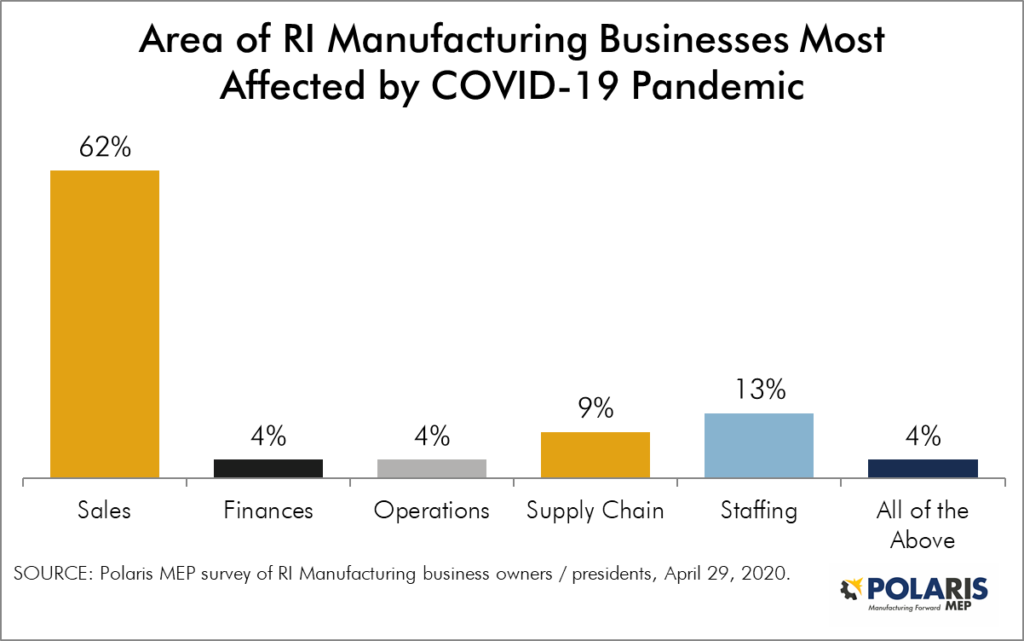By Polaris MEP National Network Partner Mary Mechler, IMEC
Part 1: Making a Plan
It seems each day, another challenge is added to an already very complex business environment. Many companies are experiencing slow sales with uncertainty of the future, while others are experiencing new growth.
There is a tendency to cut back on marketing activities when in tough or lean times. In fact, the opposite should be the choice. These are exactly the times when your presence can make a difference in growing customers and revenues.
No matter small the market, there still is a market. And, in keeping with common reaction, many competitors will pull their efforts back, leaving more space for those who choose to continue marketing to stay in front of customers and prospects. A very wise customer once told me that adhering to this fundamental marketing guideline is one of the primary reasons he had been able to lead the market in sales in his company’s 50 year history.
To begin, put yourself in your customer’s shoes to formulate a plan. Following are some steps to create a short-term plan and approach.
Talk to your customers
Nothing beats speaking directly with customers, especially during uncertain times. So, invest some time into making calls and gathering information.

Ask about their concerns and pains. There could be a range of issues they are confronted with, from supply chain delays, ability to produce and deliver, slow or canceled orders from customers, etc.
Those same concerns and pains are likely relevant to prospective customers as well, and understanding them will serve you well in marketing to both customers and prospects.
Now that you know your customer’s circumstances, how might you be able to mitigate or minimize the effect of those concerns? Now is the time for creativity in assisting to fill gaps and solve problems.
Is there more work you can do internally, such as assembly? Is it possible to partner with complementary service providers to give more of a total solution? What flexibilities are you able to offer?
One word of caution – take care not to stray too far from your core competencies into unchartered territory when considering options.
Make a list of the customer’s needs and how you will address them
The customer pains you understand, and solutions you can provide will become part of your marketing messaging.

Write down each challenge and how you can address each. Remember that your customers and prospects want to know what is in it for them, particularly in difficult times, so avoid simply providing a list of capabilities.
There will likely be an overwhelming amount of information available at this time, so be as relevant and focused on the customer needs as possible. The goal is to solve problems.
NEXT — Part 2: Get Your Message Out.
Polaris MEP can help you find the right external resources to help capture what your customers love about you, develop market opportunities, and create metrics for proactive selling. To discuss how we can help you create a right-sized sales and marketing strategy, email info@polarismep.org.
Original Source: https://blog.imec.org/how-to-market-to-new-customers-when-orders-are-slow

